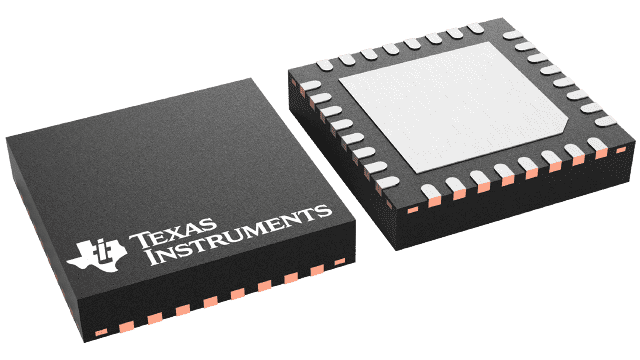Texas Instruments
ADS61B23IRHBT
ADS61B23IRHBT
Regular price
$18.44 USD
Regular price
Sale price
$18.44 USD
Unit price
per
Couldn't load pickup availability
ADS61B23IRHBT Texas Instruments - Yeehing Electronics
12-Bit, 80-MSPS Analog-to-Digital Converter (ADC)
Pricing (USD)
| Quantity | Unit Price |
| 1 — 99 | 40.305 |
| 100 — 249 | 35.826 |
| 250 — 999 | 29.451 |
| 1,000 + | 18.44 |
The above prices are for reference only.
Specifications
| Manufacturer | Texas Instruments |
| Product Category | Analog to Digital Converters - ADC |
| RoHS | Y |
| Series | ADS61B23 |
| Mounting Style | SMD/SMT |
| Package / Case | VQFN-32 |
| Resolution | 12 bit |
| Number of Channels | 1 Channel |
| Sampling Rate | 80 MS/s |
| Input Type | Differential |
| Interface Type | Parallel |
| Architecture | Pipeline |
| Reference Type | External, Internal |
| Analog Supply Voltage | 3.3 V |
| Digital Supply Voltage | 1.65 V to 3.6 V |
| SNR - Signal to Noise Ratio | 70.2 dB |
| Minimum Operating Temperature | - 40 C |
| Maximum Operating Temperature | + 85 C |
| Packaging | Reel |
| Features | Low Power |
| Height | 0.9 mm |
| Length | 5 mm |
| Number of Converters | 1 Converter |
| Output Type | LVDS |
| Power Consumption | 351 mW |
| Width | 5 mm |
| Brand | Texas Instruments |
| DNL - Differential Nonlinearity | +/- 2 LSB |
| ENOB - Effective Number of Bits | 11.3 Bit |
| INL - Integral Nonlinearity | +/- 3 LSB |
| Moisture Sensitive | Yes |
| Operating Supply Voltage | 3 V to 3.6 V |
| Pd - Power Dissipation | 475 mW |
| Product Type | ADCs - Analog to Digital Converters |
| SFDR - Spurious Free Dynamic Range | 82 dB |
| SINAD - Signal to Noise and Distortion Ratio | 69.7 dB |
| Factory Pack Quantity | 250 |
| Subcategory | Data Converter ICs |
| Unit Weight | 0.002547 oz |
For more information, please refer to datasheet
Documents
| ADS61B23IRHBT Datasheet |
More Information
ADS61B23 is a 12-bit A/D converter (ADC) with a maximum sampling frequency of 80 MSPS. It combines high performance and low power consumption in a compact 32-QFN package. The analog inputs use buffers to isolate the switching transients of the internal sample & hold from the external driving circuit. The buffered inputs present very low input capacitance (< 2pF) & wide bandwidth. This makes it easy to drive them at high input frequencies, compared to an ADC without the input buffers.

